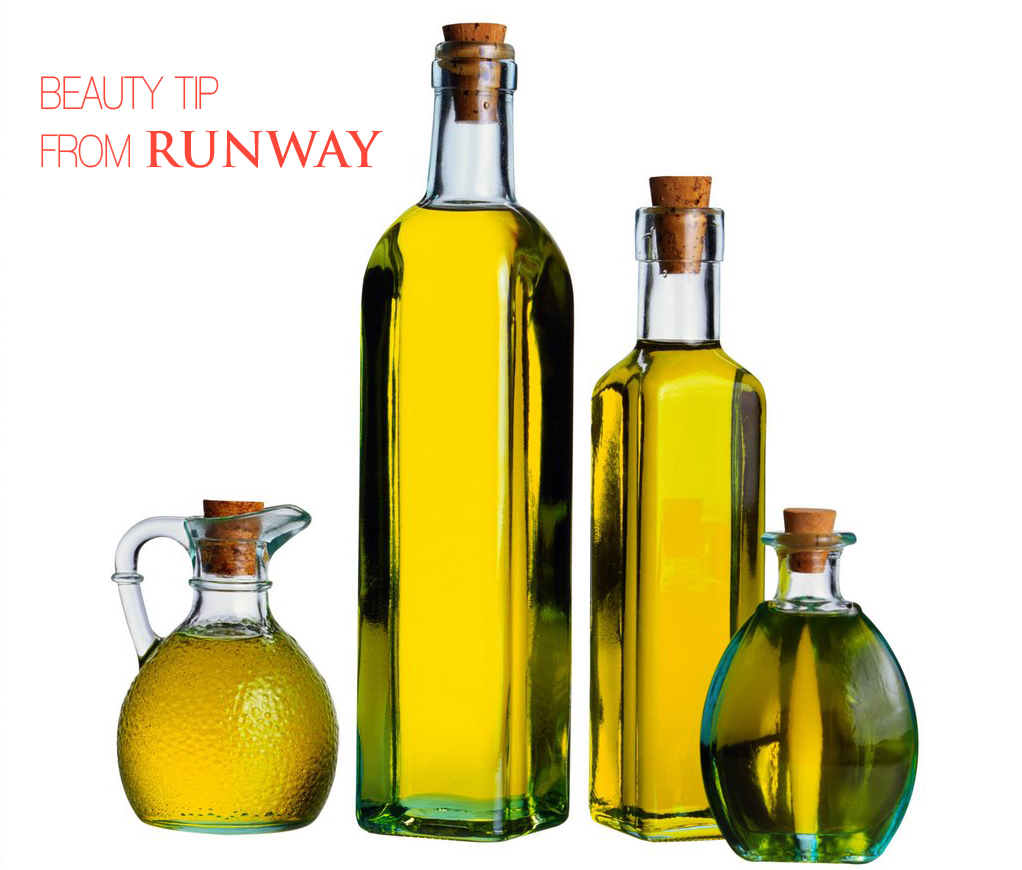If you’re used to spending your money on expensive cleaners and left unsatisfied with the results, then listen up. The products you’re buying likely strip your skin of oil. That sounds great, right? Well, it may not be the solution you’re looking for. When you take all the oil from your skin, your body works hard to replace it, leaving your skin in a nearly constant flux: one minute it’s too dry, the next it’s too oily.
This is where I’ll introduce the Oil Cleansing Method (OCM). I know, I know. Putting oil onto your skin seems counter-intuitive, but there is a method to the madness. After researching on http://www.theoilcleansingmethod.com/ and reading a lot of reviews, I decided to give it a go myself.
The premise of the OCM is this: oil dissolves oil. Therefore, when you apply new, clean oil to your face, it will replace the hardened oil that has found its way into your pores. It will also keep your skin hydrated– eliminating the overcompensation of oil production that you get when you use harsher cleansers. Also, the OCM uses natural oils, which is a lot more environmentally friendly than most face cleaners and treatments.
There are a lot of different oil mixtures that may be used for the OCM, depending on your skin type and preference. The most simple combination includes castor oil and one secondary oil, generally extra virgin olive oil or sunflower seed oil. There are other options of secondary oils (descriptions can be found on http://www.purifiedskincare.com/). Grapeseed oil and golden jojoba are recommended for oily skin, extra virgin coconut oil for combination skin, almond seed oil for normal to dry skin, and many others. Big plus: a lot of these oils are cheap and easily found inside a drug store.
My skin is normal, though a bit on the dry side, so I used two parts castor oil, five parts olive oil, and three parts almond seed oil. (Tip: use more castor oil if you’re prone to oily skin, and less if you’re prone to dry skin.) I poured a little over a quarter-sized amount into my hands and rubbed them together (this warms the oil). Then, I lay back on my bed and began to rub the mixture into my skin. The almond oil added a delicious aroma and seemed to make this process even more pleasant. It was a relaxing five minutes during which I focused mainly on my chin and forehead (my problem-areas).
I was feeling pretty good by the time I grabbed my washcloth. When you get to this step, you want to run your washcloth under warm water and then apply it to your face, holding it there until it cools off. Then, wipe the oil off your face (but don’t scrub!) You’ll want to repeat this process until the excess oil is gone from your skin (it was four times for me.) At this point, if your skin feels tight, then the OCM website recommends using your damp hands to apply a very small amount of the mixture to your damp face and rubbing it in. My skin did feel a bit tight after, but I used a little coconut oil instead of the mixture.
You’ll want to repeat this process regularly, but not too often. If your skin starts getting really dry, then you’re doing it too much.
So far, my experience has been positive. I didn’t get the same dry feeling I usually have after washing my face and all I needed for moisturizer was a dime-sized amount of coconut oil. My total investment of money? Less than ten dollars. My total investment of time? Less than thirty minutes. My skin is left feeling softer, smoother, and more hydrated, but not oily. Also, it has a nice glow to it.
The reviews are a bit mixed, but seem to sway toward the positive side. Bonus: Even if it doesn’t work for you, you’ve made a minimal monetary investment and haven’t done any harm to your skin– many of those who complained about it causing breakouts said their skin went right back to normal after they stopped.
Overall assessment: The OCM is natural, cost-effective, and very low-risk– which makes it well worth a try. If you’re no stranger to struggling with your skin, then you have little to lose, and so much to gain.

